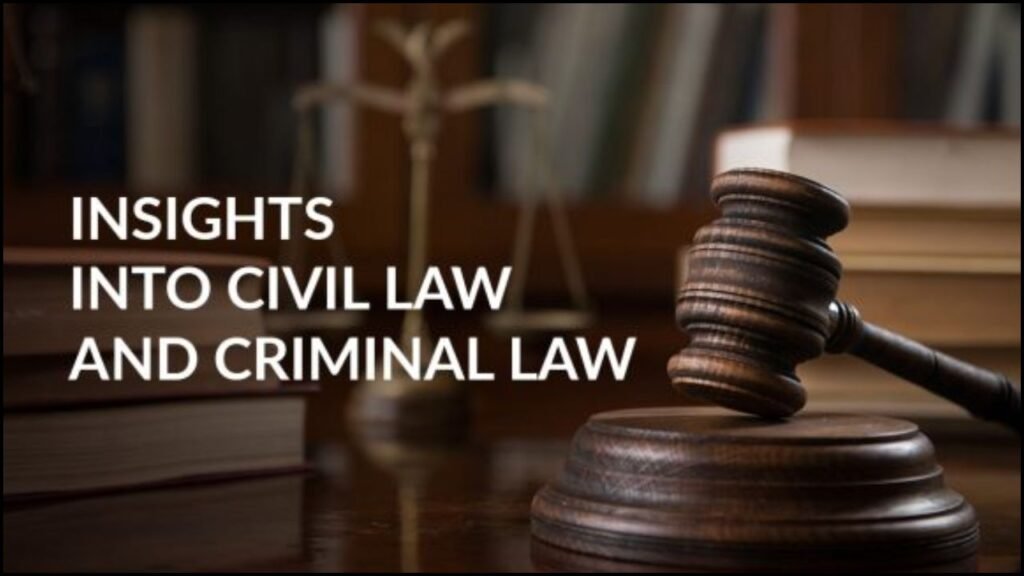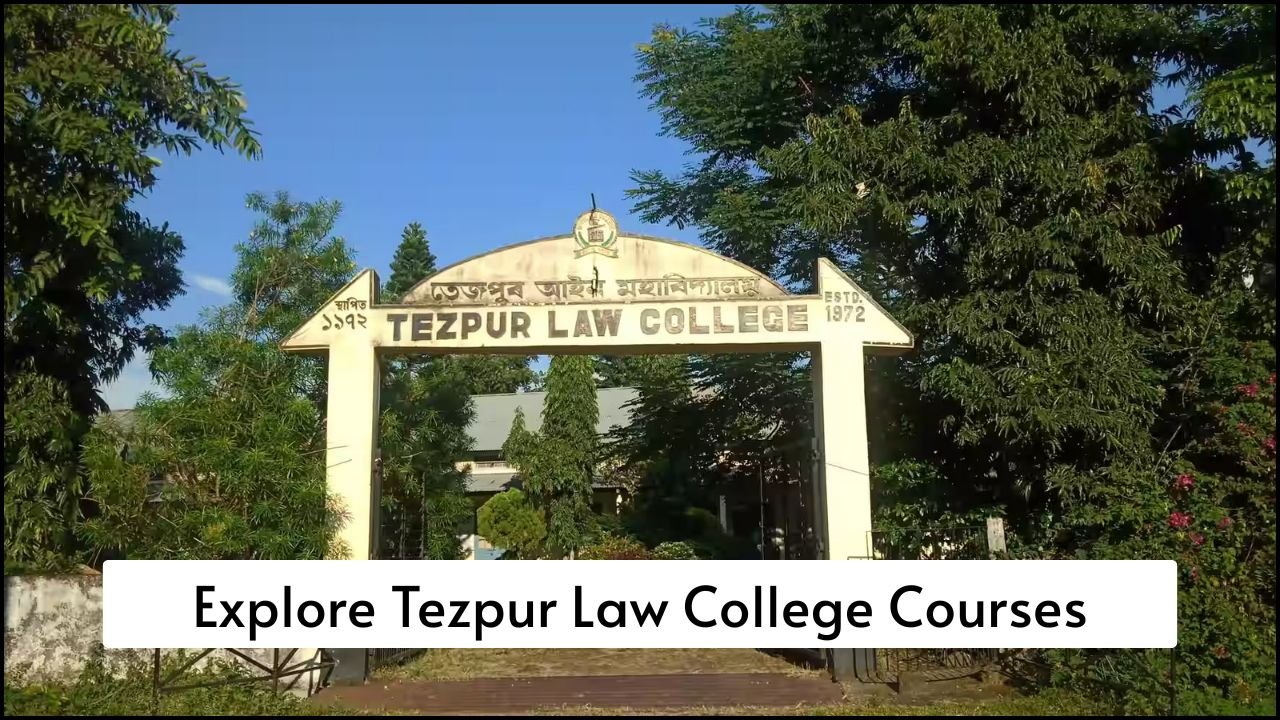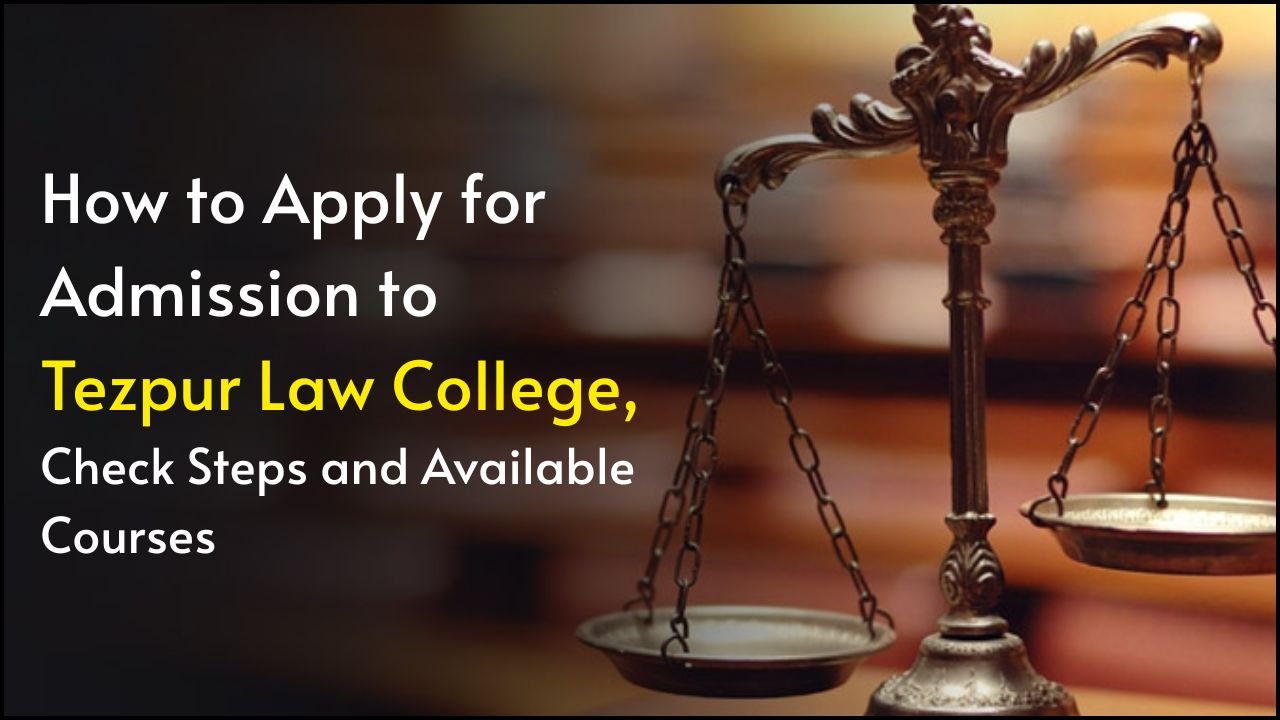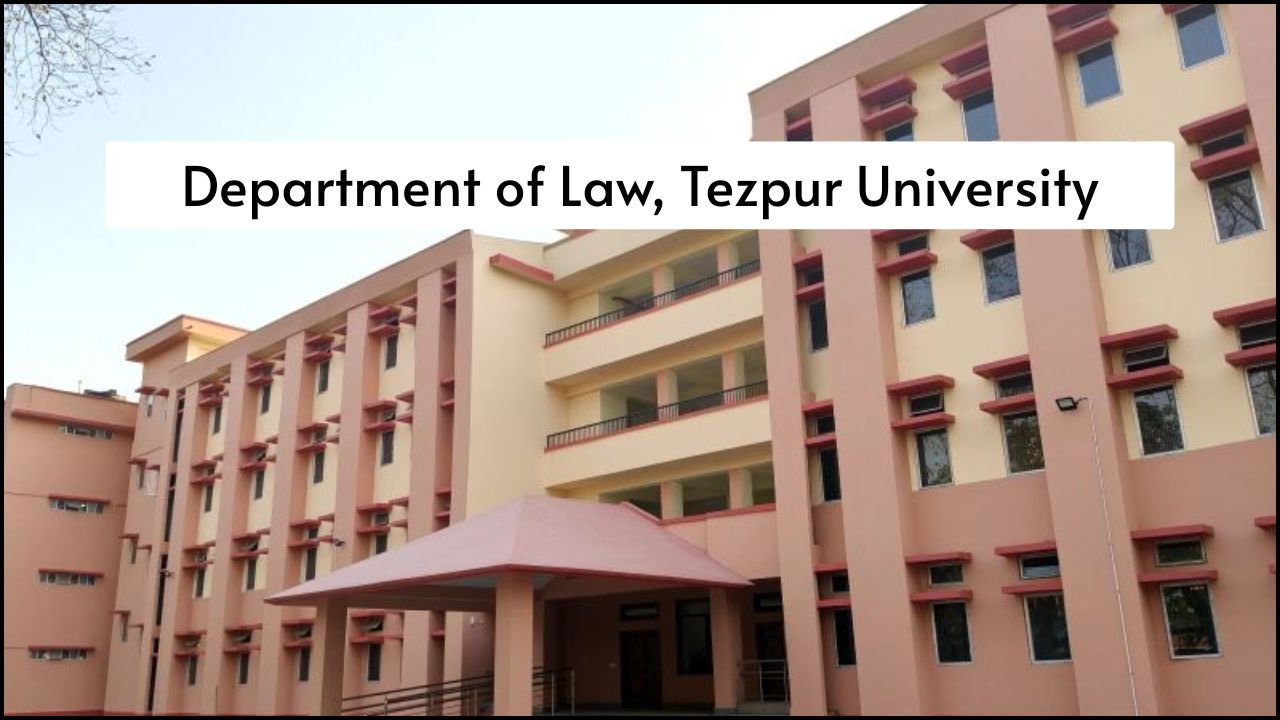
Understanding the distinction between criminal law and civil law is fundamental to navigating India’s legal system effectively. These two branches of law serve different purposes, follow distinct procedures, and offer varying remedies for different types of disputes and violations. Whether you’re involved in a legal matter as a complainant, defendant, or simply seeking to understand your rights, knowing these differences can significantly impact how you approach legal issues and what outcomes you can expect.
The Indian legal system, inherited from British common law and adapted to Indian conditions, clearly demarcates between matters that affect society as a whole and those that primarily concern private parties. This distinction shapes everything from how cases are initiated to the types of punishment or compensation available, making it essential knowledge for anyone dealing with legal matters in India.
Table of Contents
Fundamental Purpose and Nature
Criminal law exists primarily to maintain public order and protect society from harmful behaviors that threaten the general welfare. When someone commits a crime, they violate not just individual rights but societal norms and the state’s authority. The government, representing society’s interests, prosecutes criminal cases to ensure justice, deter future crimes, and maintain social harmony.
Civil law, conversely, focuses on resolving disputes between private parties where one party claims to have suffered harm due to another’s actions or negligence. These matters typically involve personal rights, property disputes, contractual disagreements, or compensation for damages. The primary goal is to restore the injured party to their original position or provide appropriate compensation rather than punish wrongdoing.
The state’s role differs significantly in both systems. In criminal matters, the state actively prosecutes offenders through public prosecutors, police investigations, and court proceedings. In civil matters, the state provides a neutral forum for dispute resolution but doesn’t take sides, allowing parties to present their cases and seek remedies through the judicial system.
Key Differences Overview
| Aspect | Criminal Law | Civil Law |
|---|---|---|
| Purpose | Punish wrongdoers, protect society | Resolve private disputes, compensate victims |
| Parties | State vs Accused | Plaintiff vs Defendant |
| Burden of Proof | Beyond reasonable doubt | Preponderance of evidence |
| Remedies | Imprisonment, fines, death penalty | Monetary compensation, injunctions, specific performance |
| Initiation | Police complaint, government action | Private complaint by aggrieved party |
| Legal Aid | Provided for serious crimes | Generally not provided |
Parties Involved and Legal Standing
Criminal cases always involve the state as the prosecutor, represented by public prosecutors who act on behalf of society. The accused person stands trial for violating laws that protect public interests. Even when a private individual files a complaint, the state takes over prosecution because crimes are considered offenses against society rather than just individual victims.
Victims in criminal cases serve primarily as witnesses rather than parties to the proceedings. They provide evidence and testimony but don’t control the case’s direction or outcome. This can sometimes frustrate victims who want specific outcomes or feel their interests aren’t adequately represented.
Civil cases involve private parties with direct stakes in the dispute’s outcome. Plaintiffs initiate proceedings seeking specific remedies, while defendants respond to claims made against them. Both parties have significant control over case strategy, settlement negotiations, and the decision to continue or withdraw proceedings.
The concept of legal standing differs markedly between the two systems. In criminal law, any citizen can report crimes, but prosecution remains the state’s responsibility. In civil law, only parties with direct legal interests can initiate proceedings, ensuring that disputes involve those actually affected by the alleged harm.
Burden of Proof and Evidence Standards
The burden of proof represents one of the most significant differences between criminal and civil law. Criminal cases require proof “beyond reasonable doubt,” the highest standard in legal proceedings. This stringent requirement reflects the serious consequences of criminal convictions, including potential loss of liberty or life.
This high standard means prosecutors must present compelling evidence that leaves no reasonable alternative explanation for the accused’s guilt. If any reasonable doubt exists about the accused’s culpability, courts must acquit them. This principle protects innocent people from wrongful conviction but can make prosecution challenging in cases with circumstantial evidence.
Civil cases operate under the “preponderance of evidence” standard, requiring plaintiffs to show that their version of events is more likely true than not. This lower threshold reflects civil law’s focus on resolving disputes and providing compensation rather than imposing severe punishments.
The difference in evidence standards means similar incidents might produce different outcomes in criminal and civil proceedings. A person acquitted in criminal court due to insufficient evidence might still face civil liability if the plaintiff can demonstrate probable responsibility for damages.
Types of Remedies and Outcomes
Criminal law remedies focus on punishment and deterrence rather than victim compensation. Courts can impose imprisonment, fines, community service, or in extreme cases, capital punishment. These remedies serve multiple purposes including retribution for wrongdoing, deterrence of future crimes, rehabilitation of offenders, and protection of society.
| Criminal Remedies | Civil Remedies |
|---|---|
| Imprisonment | Monetary damages |
| Fines to the state | Injunctive relief |
| Community service | Specific performance |
| Probation | Restitution |
| Death penalty | Declaratory judgments |
Civil remedies aim to compensate victims or restore them to their pre-harm position. Monetary damages represent the most common civil remedy, covering actual losses, lost income, medical expenses, and sometimes punitive damages for particularly egregious conduct.
Injunctive relief prevents defendants from continuing harmful behavior, while specific performance orders require defendants to fulfill contractual obligations. These remedies address ongoing disputes and prevent future harm rather than punishing past conduct.
Procedural Differences
Criminal procedures emphasize protecting accused persons’ rights while ensuring thorough investigation and fair trials. Police conduct investigations, gather evidence, and file charge sheets before courts take cognizance of offenses. The prosecution must prove guilt while defendants enjoy the presumption of innocence.
Criminal defendants have extensive constitutional protections including the right to remain silent, legal representation, protection against self-incrimination, and the right to cross-examine witnesses. These safeguards reflect the serious consequences of criminal conviction and society’s interest in preventing wrongful punishment.
Civil procedures focus on efficient dispute resolution and providing forums for parties to present their cases. Plaintiffs file suits directly in appropriate courts, initiating proceedings without police involvement. Both parties bear responsibility for presenting evidence and arguing their positions.
Discovery procedures in civil cases allow parties to obtain information from opponents before trial, promoting informed decision-making and settlement negotiations. Criminal cases limit such procedures to protect investigation integrity and defendant rights.
Overlap and Concurrent Proceedings
Many incidents can give rise to both criminal and civil liability simultaneously. For example, a traffic accident caused by drunk driving might result in criminal charges for driving under the influence while the victim pursues civil compensation for injuries and property damage.
These parallel proceedings operate independently, with different standards of proof, remedies, and outcomes. Criminal conviction doesn’t automatically establish civil liability, though it can provide strong evidence in civil proceedings. Conversely, civil liability doesn’t require criminal guilt.
The timing of these proceedings can affect outcomes. Criminal cases often take precedence due to state interests in prosecution, while civil proceedings might be stayed pending criminal resolution. However, parties can pursue both simultaneously if they choose.
Practical Implications for Citizens
Understanding these differences helps citizens make informed decisions about legal matters. If someone causes you financial harm through negligence, civil proceedings offer the best avenue for compensation. If someone commits crimes against you, criminal prosecution serves justice and deterrence goals even if it doesn’t provide direct compensation.
Consider available remedies when deciding which legal avenue to pursue. Criminal proceedings might result in punishment but won’t recover your losses. Civil proceedings focus on compensation but won’t punish wrongdoers beyond financial consequences.
Legal costs and time commitments differ significantly between the two systems. Criminal defendants receive state-appointed lawyers for serious charges, while civil litigants typically bear their own legal costs. Criminal cases often resolve faster due to constitutional speedy trial requirements, while civil cases might drag on for years.
Role of Legal Representation
Legal representation differs substantially between criminal and civil matters. Criminal defendants facing serious charges have constitutional rights to legal aid if they cannot afford lawyers. The state recognizes that freedom and life are at stake, making adequate representation essential for fair proceedings.
Civil litigants generally must arrange and pay for their own legal representation. While some legal aid exists for economically disadvantaged parties, it’s much more limited than criminal legal aid. This difference reflects the view that civil disputes involve private interests rather than fundamental liberty concerns.





